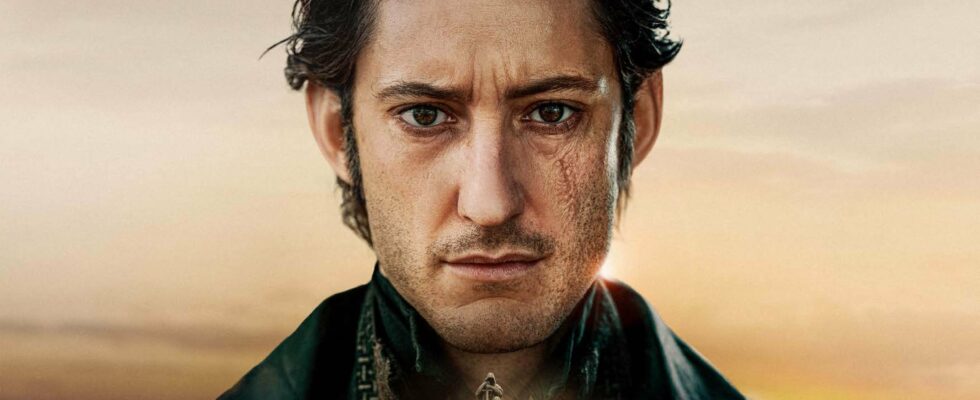The first image is of an execution. In a village square, two men undergo a mock trial. They have only one fault and will pay for it with their lives: being Protestants. The scene is not taken from Queen Margot by Alexandre Dumas, but another historical fresco, which delighted booksellers in 1977. Spread over almost thirty years – the last volume was published in 2003 – Fortune of France by Robert Merle has sold six million copies. In this gigantic family saga, the writer tells the story of the Siorac family, nobles from the Périgord Noir, in a France torn apart by religious wars. Just after the Paralympic Games, in mid-September, France 2 broadcasts its adaptation created and directed by Christopher Thompson, who had already directed several period TV films for the public service.
A bloody episode of history, emotion and a lot of heritage: swashbuckling novels seem to be the new magic formula for French producers. In cinema, the recent success of the two parts of Three Musketeers (4.6 million spectators in total) and especially the summer tidal wave of Count of Monte Cristo (over 7.3 million admissions) have shown the public’s appetite for historical fiction. “What does it matter if these adaptations can sometimes deviate from the work from which they are taken: the screenwriters are reaching out to an audience that has a taste for the spectacular and the romantic spirit,” says Gérard Gengembre, literary critic and emeritus professor of French literature at the University of Caen. The historical frescoes are taken from swashbuckling novels, of course, but they allow us to see the history of France through the eyes of the protagonists. In The Three Musketeers, The author observes the political tensions of the reign of Louis XIII. In the Count of Monte CristoDumas traces the betrayals of the Restoration and Bonapartism.
Hungry for history
In Fortune of Francethe Protestant Pierre de Siorac and his son, Pierre-Emmanuel, go through the massacre of Saint Bartholomew, the reign of Henry III, the coronation of Henry IV. The history of France set to music thanks to the breath of fiction. “We often oppose two types of History: that of historians and that of novelists and screenwriters, observes Robert Belot, professor of contemporary history at Jean-Monnet University. But they are actually complementary. Fiction is an excellent way to appropriate a national history.” One hundred and fifty years after the death of Jules Michelet, father of the national novel with his gigantic History of France, The scriptwriters put the great episodes that made France on a contemporary level.
Our neighbours across the Channel have been excelling at this for a long time. The Tudors, retracing in 38 episodes the escapades of King Henry VIII, are an example. More recently, In the Shadow of the Tudors (Or Wolf Hall), adapted from the novel trilogy by the writer Hilary Mantel, is another. But in France, apart from a few TV films directed by Josée Dayan – a bland remake in 2005 of the Cursed Kings by Maurice Druon, to name just one – who remembers French historical frescoes successfully brought to the screen? “However, the public is hungry for the genre: the audience for historical programs like Secrets of History attests to this,” observes Gérard Gengembre, for whom the French are engaged in a “heritage quest”. The effects of which go beyond the screens: since the beginning of the summer, The Count of Monte Cristo has been reprinted four times. Fortune of France Will he have such a beautiful destiny?
.
